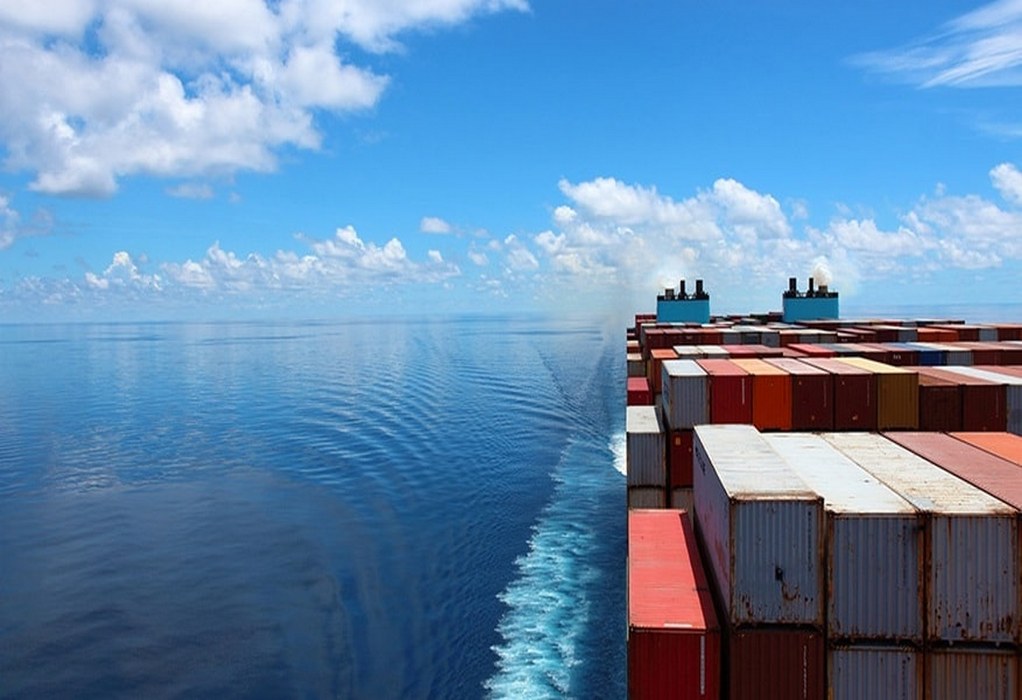DNV partnered with Daewoo Shipbuilding & Marine Engineering to develop technologies on fuel saving devices and a rotor sail system.
When wind meets the spinning rotor sail, the air flow accelerates on one side and decelerates on the opposite side. The change in the speed of airflow results in a pressure difference, which creates a lift force. When wind conditions are favorable, rotor sails allow engines to be throttled back, saving fuel and reducing emissions while providing the power needed to maintain speed and voyage time.
Under a memorandum of understanding signed at Gastech, a gas, LNG, hydrogen, and energy event in Italy, Daewoo Shipbuilding & Marine Engineering (DSME) and DNV agreed to jointly develop technologies on a rotor sail system while promoting related businesses. In March 2021, a rotor sail system developed by DSME won certification from DNV.
DSME said it would produce a prototype of its life-size rotor sail system n the second half of 2022 and establish a demonstration center by 2026.
Tags: Daewoo Shipping, DNV, Gastech, Rotor Sail System



Recent Posts
Greenlyte and MB Energy sign strategic e-methanol offtake agreement
CSDC and TECHNOLOG forge alliance to drive green, smart shipbuilding
DPA Kandla invites bids for India’s first port-based bio-methanol plant
Green & Digital Maritime Corridors Dialogue’ at JNPA sets stage for India Maritime Week 2025
Thermax partners with HydrogenPro for alkaline electrolyser systems in India
PIL Conducts First Simultaneous Cargo and LNG Bunkering in Singapore
NYK Takes Delivery of LNG-Fuelled Capesize Bulker SG Dawn
Swire Shipping joins Achilles Maritime Network to strengthen supply chain sustainability and compliance